By: Greg Carey
Let’s do this!
Your package may come in a wire sided wooden box or in a plastic molded box. The process I use is pretty much the same for either.
The dump and run method frequently taught in classes is very macho. You have bees flying everywhere, the kids and neighbors are impressed, the bees not so much. I think you will notice in the photos that the bees prefer this method.

Figure 1. This package is in very good shape. There are few dead bees on the box bottom. It is not unusual to see the bottom completely covered with dead bees.
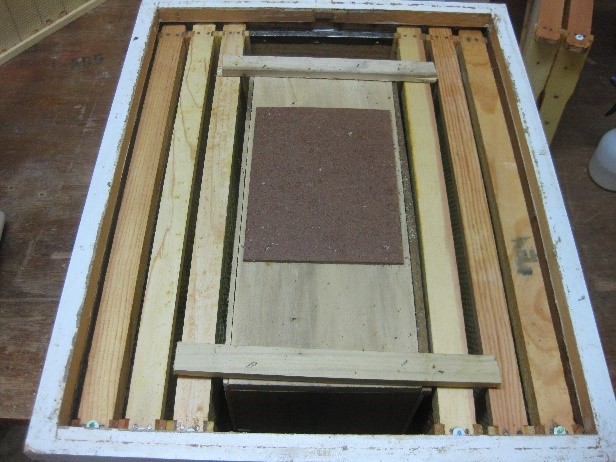
Figure 2. I recommend doing a fit check as
you see here before going out with them. I
remove four frames and place an Imirie shim
to allow for the box lugs and to give space
for the queen cage.
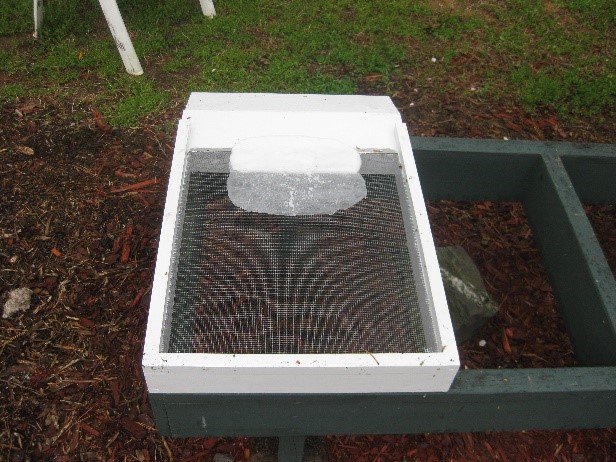
Figure 3. Outside I have the bottom board ready. I use a Crisco patty for tracheal mite control.
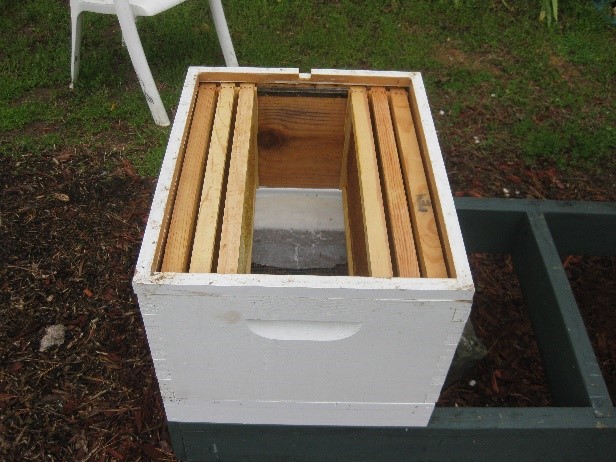
Figure 4. The hive body is in place with the four frames removed.
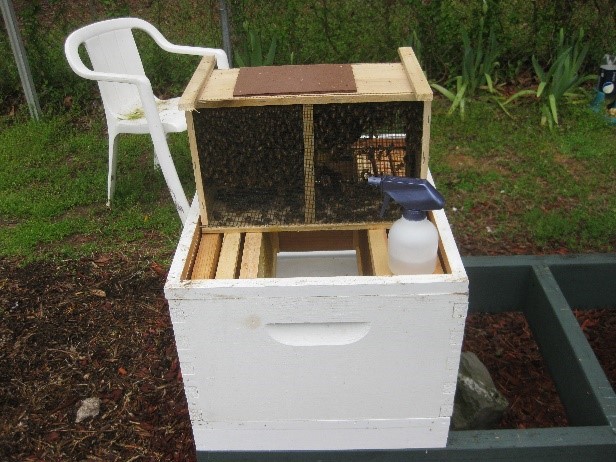
Figure 5. Now I mist the bees well with thin sugar syrup. This helps to calm them and keep them from flying so much.
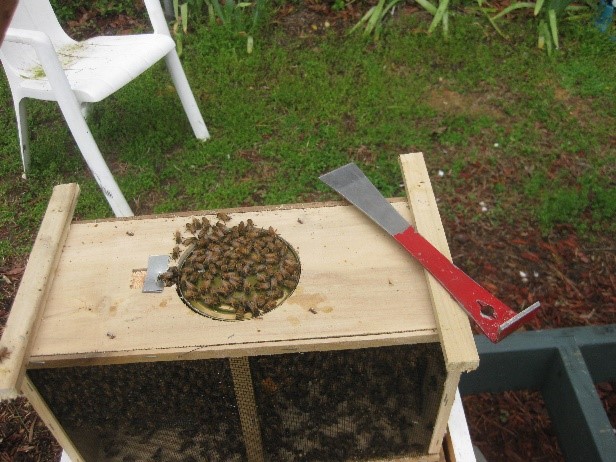
Figure 6. Use your hive tool to pry the stapled cover off.
If you do not have strong fingers and fingernails, I recommend having a pair of pliers nearby to remove the can. It can be quite snug and sometimes nailed down with wax by the bees.
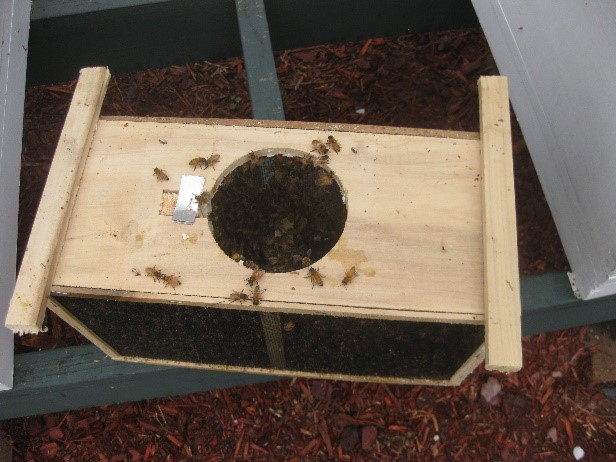
Figure 7. With the can removed, the queen cage, which always has wax holding it in place, is much easier to access and lift out.
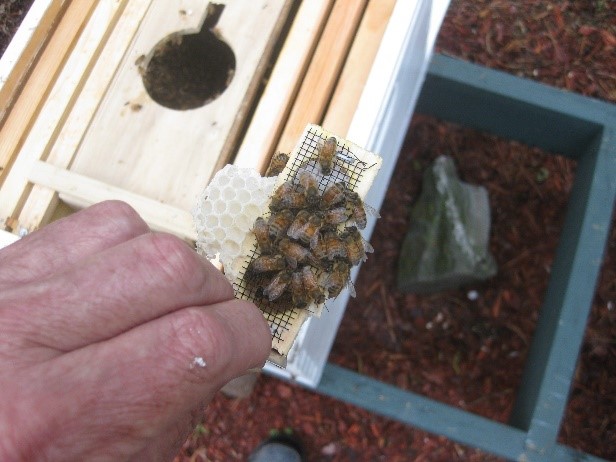
Figure 8. Inspect the queen to ensure she is actively moving around in the cage. Note that wax I mentioned.
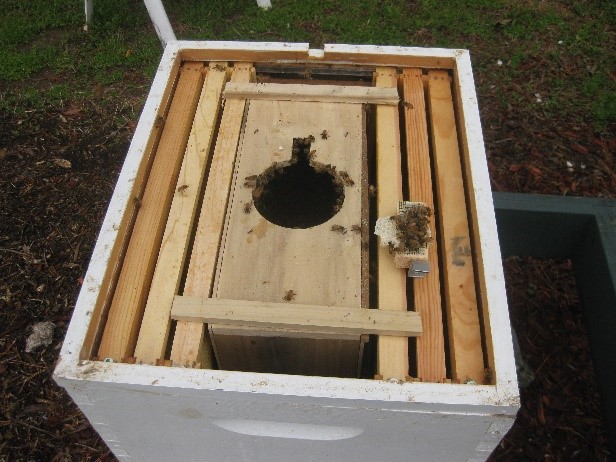
Figure 9. The plug is removed from the candy end of the queen cage, and the cage can be laid on top of the frames near the open package.
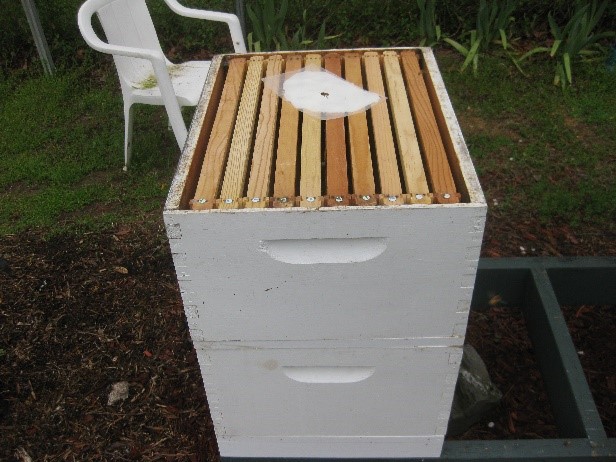
Figure 10. Since I have drawn frames with stores in them, I then place a second hive body above the queen and package. When I come back in about three days, the queen is usually out and on the frames in this hive body. If you are installing on foundation, you will put a feeder on instead of the second hive body.
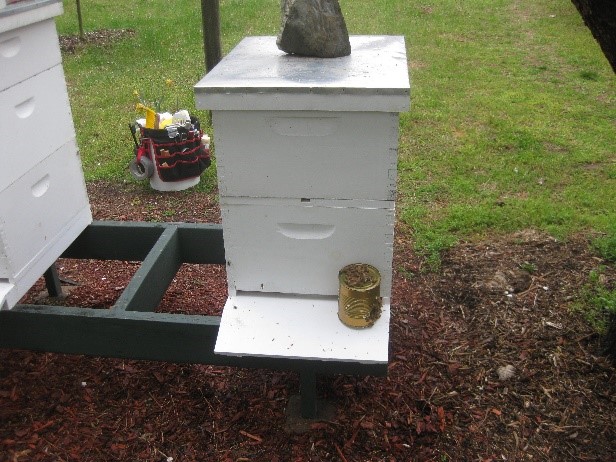
Figure 11. This is not what you do with the syrup can. Go ahead and open the can and pour the syrup remnants into your feeder.
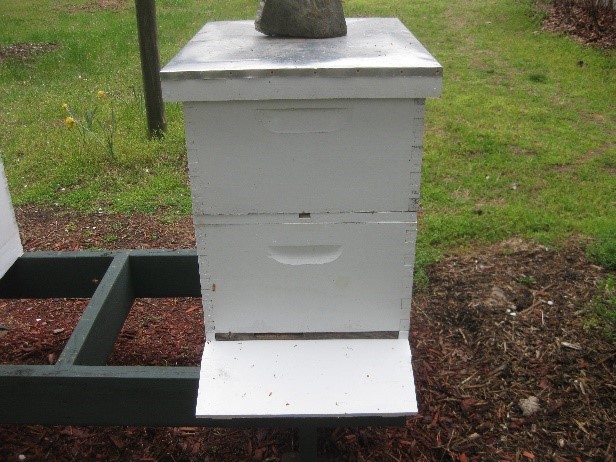
Figure 12. Finally, install an entrance reducer to help protect the new colony while it develops its defenses.
Now, enjoy beekeeping!








